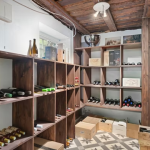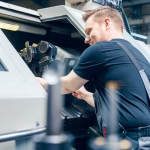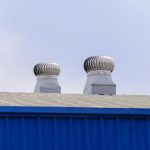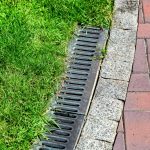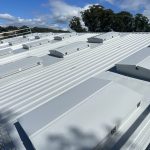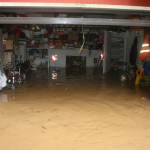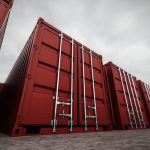How to Store Your Laser Engraving Machine and Artwork in a Tool Shed

How to Store Your Laser Engraving Machine and Artwork in a Tool Shed
Whether you’re a weekend hobbyist or a small business owner, keeping your laser engraving machine and completed projects safe and organised is essential. From dusty garages in Perth to compact garden sheds in Melbourne, Aussie makers are finding clever ways to store their gear — and a tool shed is fast becoming the top choice.
Why a Tool Shed Is the Ideal Home for Your Laser Engraving Machine
Setting up your laser cutter in a tool shed is not just a space-saving decision — it’s a smart and practical choice for many Australian makers. Here’s why more creators across the country are transforming their backyard sheds into fully functional laser engraving studios.
1. Dedicated Workspace Without Taking Over Your Home
Laser engraving can be messy and noisy. It generates fumes, and debris, and often requires a ventilation system. Instead of sacrificing your spare room, garage, or kitchen bench, a backyard tool shed gives you:
- A quiet, contained workspace away from family living areas
- Flexibility to customise your layout (install shelves, fans, benches)
- A place to store all your tools, materials, and finished pieces in one location
For Aussie households where indoor space is limited, this separation is a game changer.
2. Improved Safety and Airflow
Certain materials (like acrylic or leather) release fumes during engraving. A well-ventilated shed allows you to safely install:
- Exhaust fans or fume extractors
- Filtered air vents or windows for cross-flow
- Fire safety equipment (such as extinguishers or fire blankets)
Many laser engravers, especially CO? models, also generate significant heat. A tool shed lets you keep proper clearance around the machine and reduces the risk of overheating or poor airflow.
3. Security and Dust Control
A shed with lockable doors and windows keeps your expensive equipment safe from theft or tampering — especially important if you’re running a small business or storing client work. You can also minimise dust by sealing gaps and using dust covers when the machine isn’t in use.
What Kind of Tool Shed Is Best for Laser Engraving?
Not all sheds are created equal. When choosing or upgrading a tool shed for your laser engraving studio, consider the following factors:
Recommended Materials
Choose a shed made from durable, weather-resistant materials that can withstand Australia’s diverse climate:
- Steel or Colorbond sheds: Strong, fire-resistant, and commonly available across Australia
- Treated timber sheds: Aesthetic and insulating, but require more maintenance
- Plastic (resin) sheds: Lightweight and moisture-resistant, but not ideal for high-heat environments
Insulated steel sheds are a popular choice among laser engraving enthusiasts due to their durability and temperature stability.
Suggested Size
The size of your shed will depend on the machine you use and the amount of space you need for tools, materials, and safe operation. Here’s a rough guide:
|
Laser Type |
Minimum Shed Size |
Notes |
|
Desktop CO? Laser (e.g. OMTech Polar) |
2m x 2m |
Space for machine, small desk, and exhaust fan |
|
Mid-Size CO? or Fibre Laser |
3m x 2.5m |
Allows for workbench, storage, and comfortable movement |
|
Business-Grade Machine |
4m x 3m or larger |
Best for creators with high-volume production |
Pro Tip: Allow at least 50–60 cm of clearance around the laser for ventilation and maintenance.
Storing Your Laser Engraving Machine Safely
Here are a few key tips to ensure your laser engraver stays in top condition:
1. Choose a Clean, Dry Space
Australia’s climate can vary wildly — from humid summers in Brisbane to cool winters in Hobart. Your storage space needs to be:
- Dry: Moisture can cause rust or electrical issues.
- Well-ventilated: To avoid heat build-up.
- Dust-free: Dust can clog fans and mirrors, affecting laser accuracy.
Pro Tip: Use a tool shed or dedicated outdoor workspace with insulation and proper airflow. If possible, elevate the machine on a table or workbench to avoid floor-level moisture.
2. Cover and Protect the Machine
When the engraver’s not in use, cover it with a dust-proof, breathable fabric. Avoid plastic tarps, as they can trap humidity. If storing long-term, consider removing or unplugging components like the laser tube (for CO? machines).
3. Keep Electronics Off the Floor
Store control boxes, power cables, and laser cooling units on shelving units or raised platforms to prevent electrical damage in case of water spills or heavy rain.
4. Temperature Control (if possible)
In extreme climates, portable fans, heaters, or dehumidifiers can help regulate temperature and humidity in your shed or studio. Fibre laser machines in particular benefit from consistent operating temperatures.










